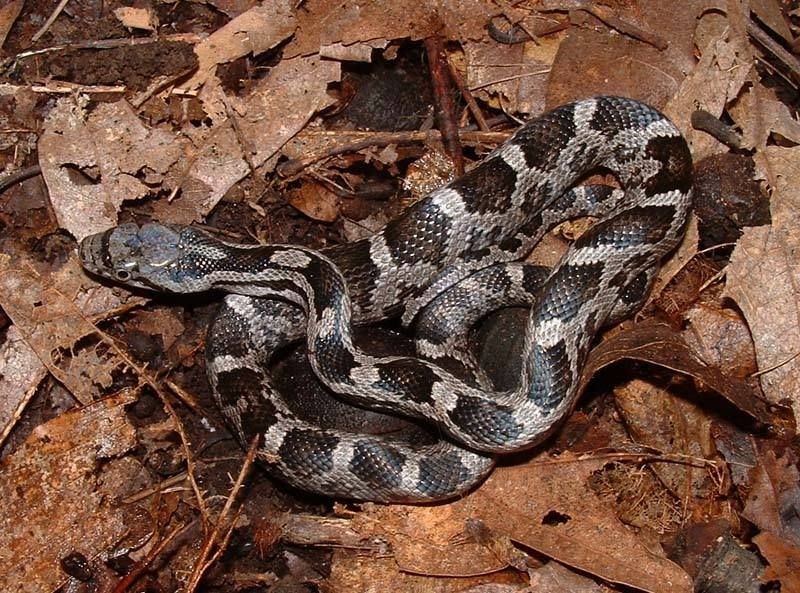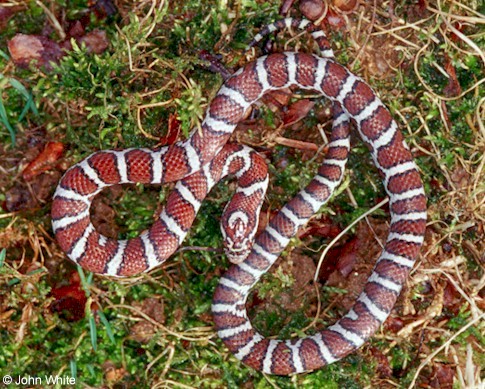I always loved the book by Ronald Rood called “Animals Nobody Loves” or the poems by Ogden Nash on the same subject. I still remember Nash’s rhyme: “God in all his wisdom made the fly, and then forgot to tell us why”. The truth of the matter is that there are legions of critters that have adapted to being around people, but many are loathed none the less. Few would say they adore, rats, or fleas or even mosquitoes, let alone one creature that scares the bejesus out of some, snakes.

What is it about snakes that is so terrifying; I would have to say it is the way they slither about. Or maybe it is just that there is that fear they are deadly poisonous as most snakes on TV are. Whatever the reason, we are lucky in this immediate area that there is only one poisonous snake species, the copperhead, and it is easily recognized and comparatively mellow. The important thing to look for first with any wild snake is the width of the head in relation to its neck. Copperheads and rattlesnakes, to the north of us, all have a thick body that tapers to a narrow neck and then flares to a triangular-shaped head. They also have elliptical pupils rather than round, but you may not want to get that close. Lastly, on the copperhead, just look for an hourglass pattern of brownish/orange markings on a lighter background. In our area, milk snakes, brown snakes, baby black rat snakes or even water snakes are sometimes confused with copperheads.

Most of the snakes around here are harmless and quite beneficial. The common garter snake is found almost everywhere and eats mainly frogs, worms and fish. Although any snake may hiss and strike if cornered, they would much prefer to run if given the chance. Black rat snakes are sometimes alarming as they can reach eight feet in length, but they are quite mellow and extremely useful. One caution for those that use plastic “deer netting”. These snakes often get caught in this as their scales allow them to squeeze partway through the holes but then they get caught and cannot back out. I have spent hours cutting these gentile giants out of these death traps. Both rat snakes and milk snakes eat mice and chipmunks, both of which carry the Lyme disease spirochete so they are doing you a tremendous favor.
The water snake is another common snake found around ponds and wetlands throughout the region. Often mistaken for the infamous cottonmouth, which is not found around here, the water snake is an aggressive snake, though not venomous. Adult water snakes may grow to more than 3 feet long and range in color from a lighter brown with a pattern to almost black. The lighter examples have a copperhead-looking pattern but more banded and not the true hourglass pattern of the copperhead.
Snakes are one of the Animals Nobody Loves that do have a great role in the food web (I’m not sure I could say that for ticks). They control rodents and other prey while also becoming food for hawks and other larger predators. And even if you can’t get over your fear of these creatures, you have to admit that species like the delicate ringneck snake or the exquisite northern green snake are just plain beautiful.
